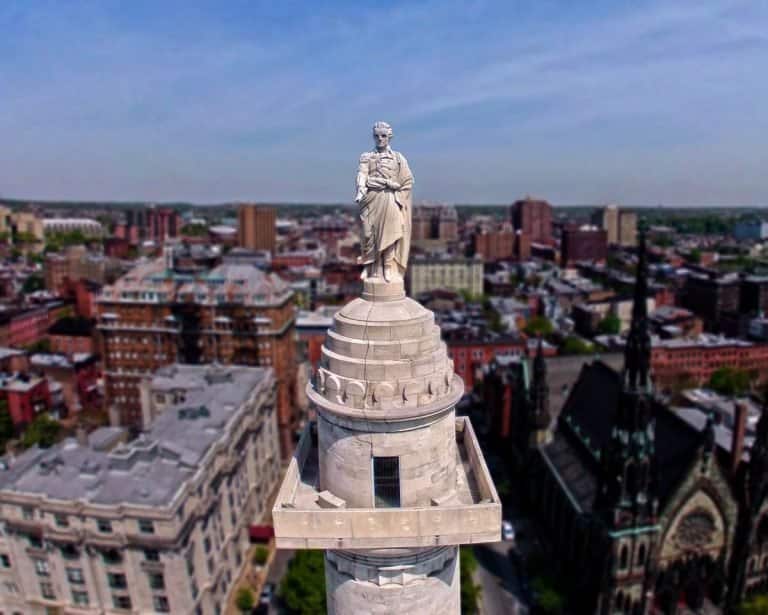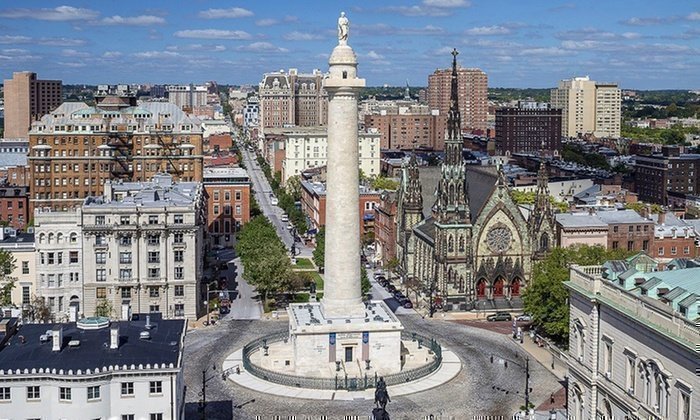Back to Course
How to Teach History
0% Complete
0/0 Steps
-
Lessons & Discussions
Lesson 1: What Is History and Why Study It? (Preview Content)3 Topics|1 Quiz -
Discussion 1: How to Teach History (Preview Content)1 Topic
-
Lesson 2: History and the Liberal Arts (Preview Content)3 Topics|1 Quiz
-
Discussion 2: How to Teach History1 Topic
-
Lesson 3: The Role of History in Classical Education4 Topics|1 Quiz
-
Discussion 3: How to Teach History1 Topic
-
Lesson 4: Problems in the Study of History4 Topics|1 Quiz
-
Discussion 4: How to Teach History2 Topics
-
Lesson 5: Developing as a Student of History3 Topics|1 Quiz
-
Discussion 5: How to Teach History (Preview Content)2 Topics
-
Lesson 6: Essential Qualities and Practices of a History Teacher3 Topics|1 Quiz
-
Discussion 6: How to Teach History1 Topic
-
Lesson 7: Important Books for the Study of History3 Topics|1 Quiz
-
Lesson 8: Major Historians Teachers Should Know2 Topics|1 Quiz
-
Lesson 9: Two Ancient Historians---Livy3 Topics|1 Quiz
-
Lesson 10: Two Ancient Historians---Bede3 Topics|1 Quiz
-
Discussion 10: How to Teach History2 Topics
-
End of Course TestEnd of Course Test: How to Teach History1 Quiz
Lesson 1,
Topic 2
In Progress
Image: Washington Monument in Baltimore
Lesson Progress
0% Complete
In this introductory lecture, Wes Callihan makes mention of the Washington monument that exists in the city of Baltimore, Maryland. The statue features George Washington dressed in a Roman toga and pointing to Annapolis (the state capitol). Like the Roman general Cincinnatus, Washington refused to become a monarch, instead handing in his resignation to the new American republic at the conclusion of the American Revolution. In the early 1800s, when this monument was erected, Americans knew their history and would have known just why Washington was dressed as a Roman—he was a modern-day Cincinnatus.




